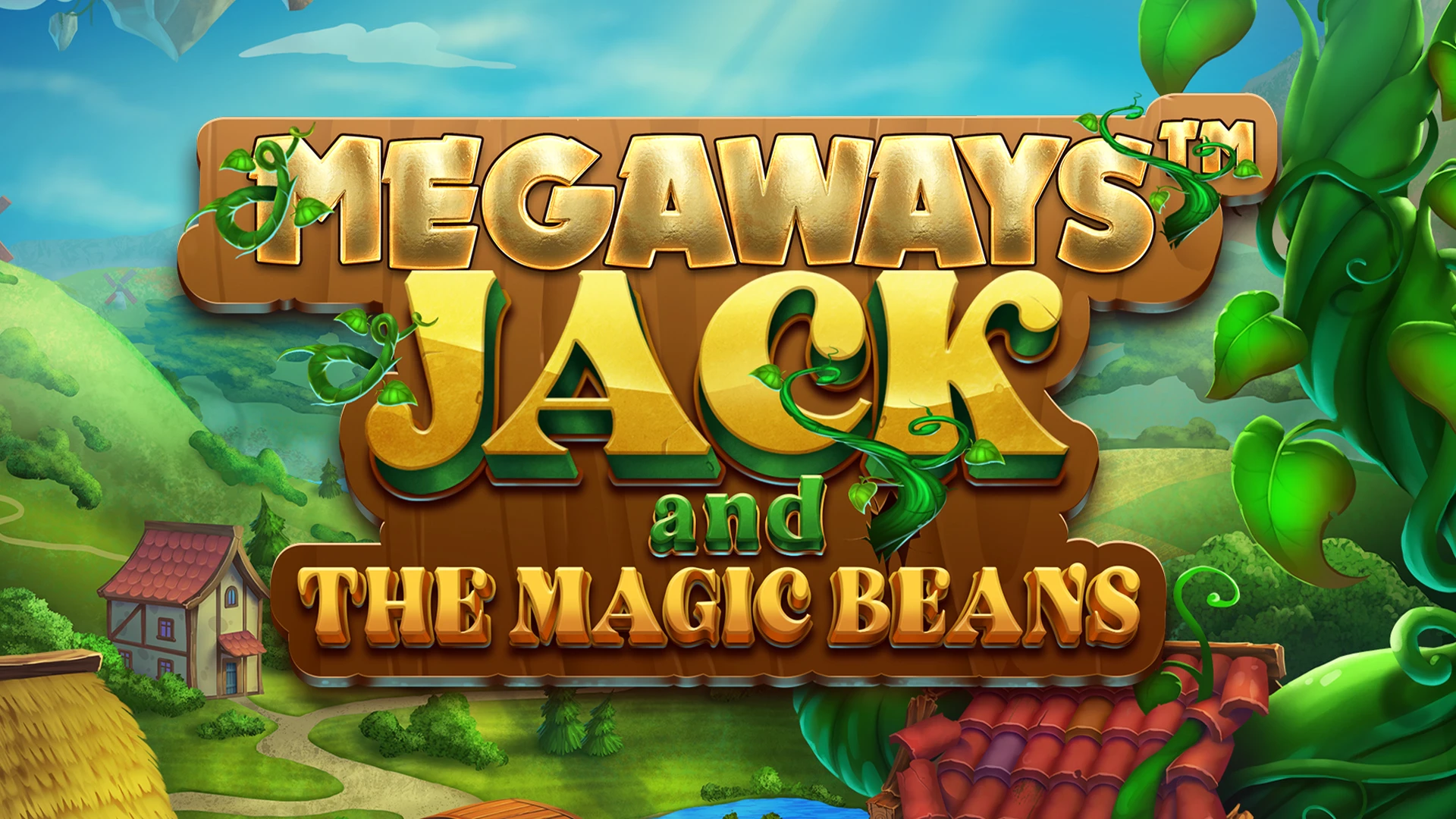White Rabbit is not just a candy; it is an emblem of childhood nostalgia, cultural significance, and unique confectionery craftsmanship. Originating in China, White Rabbit has become a household name, celebrated for its creamy texture, distinctive flavor, and unforgettable milk-based wrapper. Over the decades, it has won hearts worldwide, evolving from a simple treat into a cultural icon. This article explores the history, production, flavors, and enduring popularity of White Rabbit, highlighting why it remains a global favorite in the confectionery market UU88.
A Glimpse into the History of White Rabbit
White Rabbit candy was first introduced in Shanghai, China, in 1943, during a period when sweets were a luxury for many. Produced by the Shanghai Guan Sheng Yuan Food company, it quickly gained popularity due to its creamy milk taste, affordability, and unique packaging. The candy became particularly famous during the 1950s and 1960s when it was exported to other countries in Asia, including Russia, Japan, and Southeast Asian nations.
White Rabbit’s historical significance extends beyond its taste. In many households, the candy symbolized care and affection, often given as gifts during festivals, holidays, or family gatherings. Its enduring presence over decades is a testament to the brand’s commitment to quality, tradition, and consumer trust. Today, White Rabbit continues to thrive as both a nostalgic treat for adults and a delightful indulgence for children.
The Unique Composition of White Rabbit Candy
One of the reasons White Rabbit has remained a favorite is its unique composition. Unlike many other candies, White Rabbit is made primarily from high-quality milk powder, sugar, and glucose syrup. The creamy milk filling is wrapped in an edible rice paper, followed by a thin layer of waxed paper printed with the brand’s iconic rabbit design. This edible wrapper sets White Rabbit apart from other candies, creating a sensory experience that combines taste and texture in a way few confections can match.
The candy’s flavor profile is delicate yet rich. The milk-based taste is slightly sweet but not overpowering, making it suitable for all age groups. The chewy texture provides a satisfying mouthfeel, while the edible paper wrapper adds a fun and interactive element. White Rabbit’s combination of flavor, texture, and presentation contributes to its lasting appeal and makes it a unique offering in the global candy market.
White Rabbit’s Varieties and Flavors
Over the years, White Rabbit has expanded its product line to include several flavors and limited-edition variants. Traditional White Rabbit candy retains its original creamy milk flavor, but the brand has introduced flavors such as chocolate, coffee, strawberry, and matcha to cater to diverse consumer preferences. Each variant maintains the signature creamy texture while offering a twist on the original taste.
Additionally, seasonal and promotional editions of White Rabbit candy have been launched, especially during Chinese New Year and other cultural festivities. These limited editions often feature vibrant packaging designs, special flavors, and collectible items, enhancing the candy’s appeal as both a treat and a gift. The brand’s ability to innovate while preserving its core identity has been crucial to its sustained success.
White Rabbit in Popular Culture
White Rabbit’s influence extends beyond the confectionery aisle. It has appeared in movies, television shows, and literature, symbolizing nostalgia, innocence, and comfort. In China, it is often associated with childhood memories and family bonds. Internationally, it has become a collectible item, with fans appreciating its distinctive packaging and unique flavor.
The brand has also leveraged social media and digital marketing to engage younger generations. Campaigns highlighting the candy’s history, creative uses in desserts, and DIY recipes have helped White Rabbit stay relevant in a competitive market. By blending tradition with modern marketing, White Rabbit continues to capture the attention of both loyal fans and new consumers Đá Gà UU88.
Health Considerations and Nutritional Facts
While White Rabbit is primarily a sweet treat, it is important for consumers to enjoy it in moderation. The candy contains sugar, milk solids, and glucose, which provide energy but can contribute to calorie intake if consumed excessively. Parents often appreciate White Rabbit for its high-quality milk content, which adds a nutritional element compared to other candies. However, like all sweets, balancing consumption with a healthy diet is essential.
The brand has also made efforts to improve ingredient transparency and safety standards. With global exports, White Rabbit adheres to strict quality control measures, ensuring that each piece of candy meets health and safety regulations. This commitment has reinforced consumer trust and helped the brand maintain a strong presence in international markets.
White Rabbit as a Gift and Culinary Ingredient
Beyond being a standalone candy, White Rabbit has found innovative uses in culinary creations. Chefs and home bakers incorporate White Rabbit into desserts such as ice cream, cakes, milkshakes, and cookies. The candy’s creamy texture and subtle sweetness complement a variety of flavors, making it a versatile ingredient in modern recipes.
Additionally, White Rabbit is often chosen as a gift due to its iconic packaging and cultural significance. It is particularly popular during holidays, weddings, and celebrations where it symbolizes luck, happiness, and affection. Its dual role as both a treat and a meaningful gift underscores its enduring relevance in Chinese culture and beyond.
Global Recognition and Market Expansion
White Rabbit’s popularity has transcended borders, gaining recognition in countries like the United States, Australia, the United Kingdom, and Southeast Asia. Its presence in international supermarkets, specialty stores, and online marketplaces has introduced the candy to a new generation of consumers. The brand’s ability to maintain its unique identity while appealing to global tastes has been key to its market expansion.
In addition to retail success, White Rabbit has inspired collaborations with other brands. For instance, White Rabbit-flavored beverages, ice creams, and desserts have appeared in cafes and restaurants worldwide, further cementing its status as a versatile and innovative confectionery brand.
Why White Rabbit Remains a Timeless Favorite
White Rabbit continues to captivate generations for several reasons. Its unique combination of creamy milk flavor, chewy texture, and edible wrapper creates a distinctive sensory experience. The brand’s rich history, cultural significance, and innovative marketing strategies contribute to its long-lasting appeal. Furthermore, White Rabbit’s expansion into new flavors, culinary applications, and global markets ensures that it remains relevant in an ever-changing confectionery industry.
For those seeking a candy that combines nostalgia, quality, and creativity, White Rabbit is an ideal choice. Its ability to evoke fond memories while delighting taste buds demonstrates why it has stood the test of time. Whether enjoyed as a snack, used in desserts, or given as a meaningful gift, White Rabbit embodies the essence of a classic treat that transcends generations.
Conclusion
White Rabbit is more than just a candy; it is a cultural icon, a culinary inspiration, and a symbol of joy. With its rich history, unique composition, diverse flavors, and global appeal, White Rabbit has earned its place among the world’s most beloved confectioneries. By maintaining high-quality standards, embracing innovation, and honoring tradition, White Rabbit continues to delight fans across generations. Its enduring popularity is a testament to the timeless charm of a simple yet extraordinary candy that has captured hearts worldwide.



